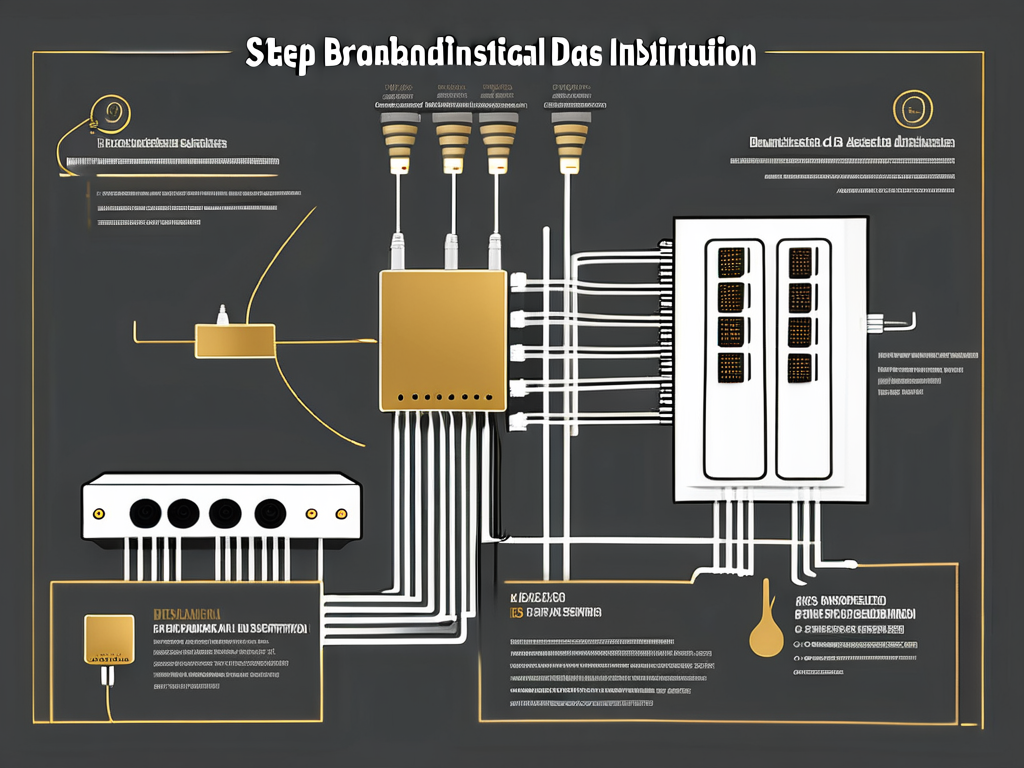
Navigating the Installation Process for BDAs and DAS
In the world of wireless communication, Bi-Directional Amplifiers (BDAs) and Distributed Antenna Systems (DAS) play a pivotal role. These systems ensure seamless and uninterrupted communication, especially in large buildings where signal strength can be a challenge. Pavion, a leading name in the industry, specializes in the installation and maintenance of these systems. This guide will walk you through the installation process, providing comprehensive insights into the intricacies of setting up BDAs and DAS.
Understanding BDAs and DAS
Before delving into the installation process, it’s crucial to understand what BDAs and DAS are and how they function. A BDA is a device that amplifies wireless signals, improving their strength and coverage. On the other hand, a DAS is a network of antennas that distribute these signals throughout a building or area, ensuring consistent coverage.
These systems are particularly beneficial in large buildings, underground facilities, or areas with complex layouts where wireless signals may be weak or non-existent. By amplifying and distributing these signals, BDAs and DAS ensure reliable communication, which is critical in emergency situations.
Pre-Installation Considerations
Before starting the installation process, several factors need to be considered. These include understanding the building’s layout, identifying areas with weak signal strength, and determining the best locations for installing the BDA and DAS components.
It’s also important to consider the building’s existing infrastructure. This includes the electrical system, HVAC system, and any fire control panels. These systems need to be integrated with the BDA and DAS to ensure compliance to building code requirements.
Site Survey
A thorough site survey is an essential part of the pre-installation process. This involves assessing the building’s layout, identifying potential installation sites, and determining the number of BDAs and DAS components required. The survey also helps identify any potential challenges that may arise during the installation process.
Pavion’s team of experts uses advanced tools and techniques to conduct these surveys, ensuring a comprehensive assessment of the site. This allows for a smooth and efficient installation process, minimizing potential issues and delays.
The Installation Process
Once the pre-installation considerations have been addressed, the actual installation process can begin. This involves several steps, each of which is crucial to ensuring the effective operation of the BDA and DAS.

First, the BDA is installed. This device is typically placed in a central location, such as a utility room or server room. The BDA is then connected to the building’s power supply and integrated with any existing systems, such as the fire control panels.
Installing the DAS
Following the installation of the BDA, the DAS is installed. This involves placing antennas throughout the building, ensuring they are strategically located to provide optimal coverage. These antennas are then connected to the BDA, creating a network that distributes the amplified signals throughout the building.
The installation of the DAS is a complex process that requires careful planning and execution. Pavion’s team of professionals has extensive experience in this area, ensuring the DAS is installed correctly and operates effectively.
Post-Installation Testing and Maintenance
After the BDA and DAS have been installed, post-installation testing is conducted. This involves checking the signal strength throughout the building, ensuring the systems are operating effectively, and making any necessary adjustments.
Regular maintenance is also crucial to ensure the continued operation of the BDA and DAS. This involves periodic testing, and servicing of the systems. Pavion offers comprehensive maintenance services, ensuring your BDA and DAS continue to operate at peak efficiency.
Conclusion
Installing a BDA and DAS is a complex process that requires careful planning, execution, and maintenance. By understanding the process and working with a trusted partner like Pavion, you can ensure your building has reliable and consistent wireless coverage, enhancing communication and safety.
Ready to Enhance Your Communication Infrastructure?
At Pavion, we’re dedicated to connecting and protecting through our advanced fire, security, and integration solutions. Don’t let weak signals disrupt your critical communications. Take the first step towards reliable and consistent wireless coverage in your facility. Get a Free System Assessment today and experience the transformation that Pavion can bring to your safety, security, and communication systems.
